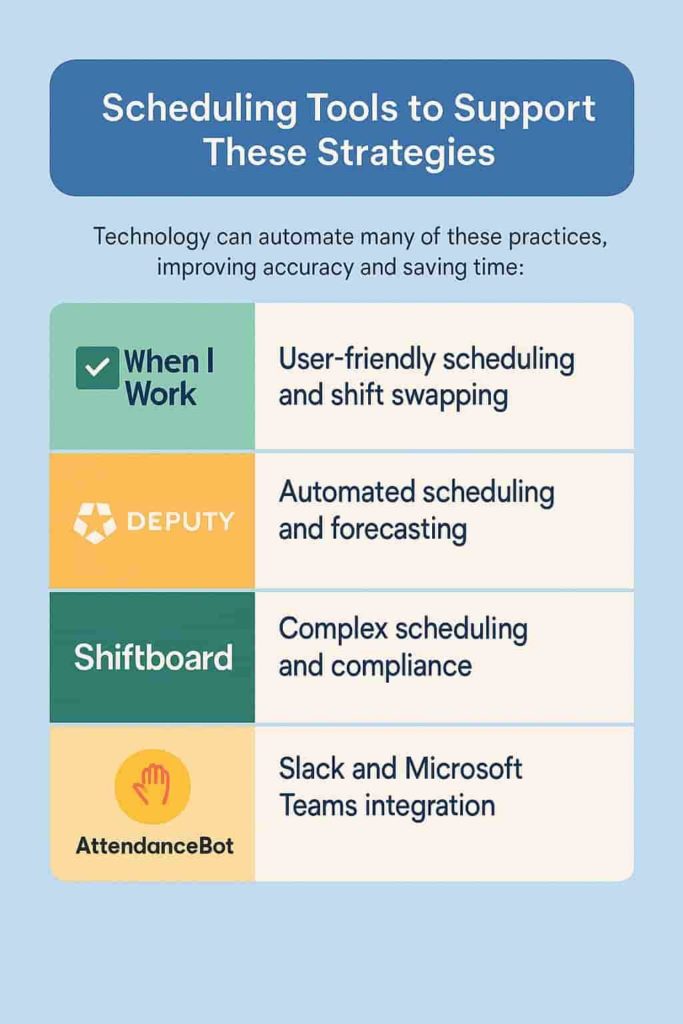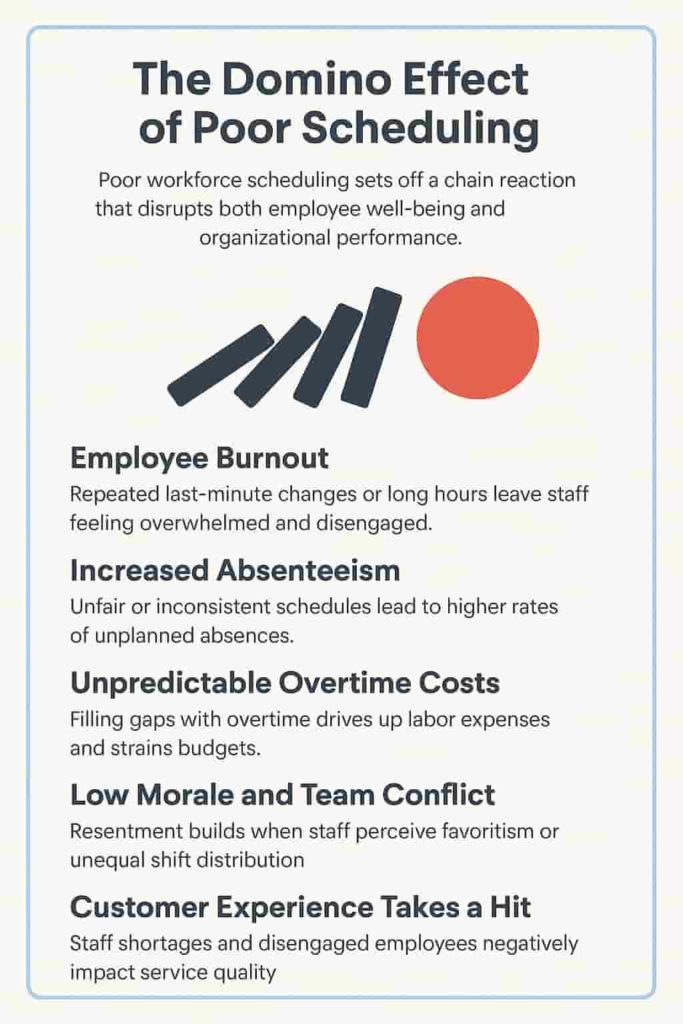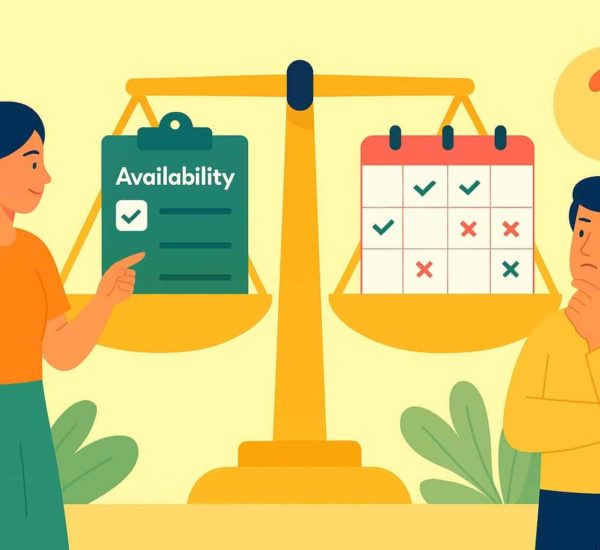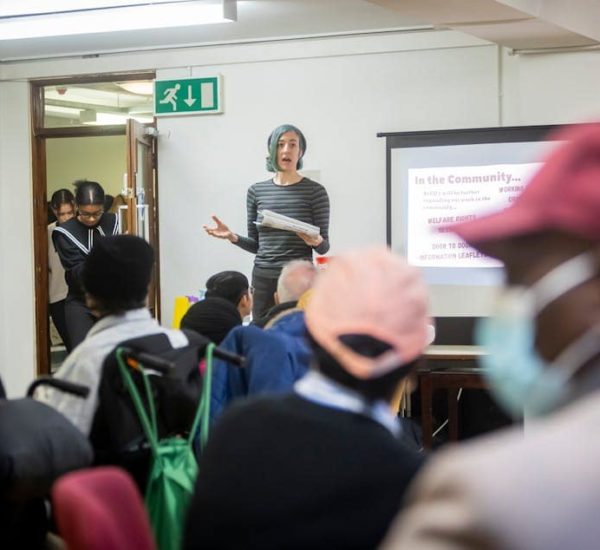For workforce operations managers, balancing business needs with employee satisfaction is a constant challenge. When absenteeism rises, overtime becomes unpredictable, and shift complaints pile up, poor scheduling is often the silent culprit.
What may appear as small employee scheduling errors can quickly snowball into serious issues—burnout, disengagement, and a measurable productivity loss due to bad scheduling. Yet, these impacts are rarely tracked or discussed in leadership meetings.
In industries like retail, support, healthcare, and field services, smart rosters are not optional. They are essential. This blog unpacks the overlooked costs of ineffective scheduling and makes the case for workforce scheduling optimization as a strategic, not administrative, priority.
The Domino Effect of Poor Scheduling
Poor workforce scheduling does not stay confined to spreadsheets or time-tracking apps—it has wide-reaching implications that affect both people and performance. When shift rosters are built without the right data or flexibility, they create friction across every layer of frontline operations.
Here are some of the most common downstream effects:
- Employee Burnout: Repeated last-minute shift changes or extended hours can overwhelm even the most committed team members. When staff feel overworked and undervalued, disengagement follows quickly.
- Increased Absenteeism: Inconsistent or unfair scheduling often leads to higher call-out rates. Employees who feel they are being treated unfairly are more likely to take unplanned leave or seek employment elsewhere.
- Unpredictable Overtime Costs: Without optimized schedules, coverage gaps are often filled with overtime—a short-term fix that leads to long-term budget bloat.
- Low Morale and Team Conflict: When one employee is consistently favored with better shifts or another is always closing, resentment builds. This leads to a breakdown in team dynamics and collaboration.
- Customer Experience Takes a Hit: Staff shortages, tired employees, or last-minute replacements almost always impact the quality of service. The customer sees the outcome of poor planning before anyone else.

Each of these consequences feeds the next, creating a cycle that is difficult to break without a clear workforce scheduling optimization strategy. Recognizing the hidden costs is the first step toward building a more stable, satisfied, and high-performing team.
Quantifying the Cost of Bad Scheduling Decisions
Workforce operations managers are often asked to “do more with less.” However, when employee scheduling errors go unchecked, they can quietly drain thousands of dollars every quarter, without showing up in a clean line item on a budget report.
Below is a breakdown of how productivity loss due to bad scheduling translates into real financial and operational impact:
1. Lost Labor Hours
When shifts are misaligned with peak demand or double-staffed during slow periods, hours are wasted. Multiply that by dozens of employees over a month, and the costs escalate fast.
- Example: A 15-person support team loses 30 minutes of productivity per person, per shift due to poor handoffs and misaligned breaks. That adds up to 975 hours a year—over $24,000 in wages wasted.
Learn how scheduling affects productivity at the Workforce Institute at Kronos article on Scheduling Challenges.
2. Overtime Bloat
Reactive scheduling often leads to unexpected overtime, which is far more expensive than standard labor costs.
- Example: At an average overtime rate of 1.5x, even 10 hours of overtime per week adds up to $39,000 annually for a mid-sized team.
3. Increased Turnover
Burnout from inconsistent shifts and perceived unfairness leads to higher attrition, which comes with recruiting, onboarding, and training costs.
- Estimated cost of replacing one frontline worker: $4,000–$7,000
- Annual cost of replacing five to ten employees? Easily $35,000–$70,000
Explore the true cost of turnover in this Work Institute 2023 Retention Report summary.
4. Degraded Customer Experience
Missed SLAs, delayed responses, and poor service reviews directly impact customer retention and brand perception. While harder to quantify, the cost of losing even a few high-value clients due to inconsistent service can easily exceed six figures annually.
Practical Approaches to Smarter Scheduling: Strategies and Tools
Effective workforce scheduling hinges on combining smart strategies with the right technology. This balance reduces costly errors, improves employee satisfaction, and ensures consistent service delivery.
Predictability and Fairness
- Unpredictable schedules are a major driver of employee dissatisfaction and turnover. Establishing consistent shift patterns—where employees can anticipate their work hours weeks or months ahead—builds trust and reduces stress.
- Rotate weekends, holidays, and unpopular shifts equitably across the team to avoid burnout or perceptions of favoritism.
- Use a transparent scheduling policy so everyone understands how shifts are assigned.
Employee Involvement
- Giving employees a say in their schedules improves engagement and work-life balance.
- Implement self-scheduling, where employees pick available shifts that suit them.
- Use shift bidding systems for high-demand times, letting employees compete fairly based on seniority or preferences.
- Solicit ongoing feedback on schedules to adapt to evolving needs and preferences.
Cross-Training for Flexibility
- Cross-training employees to perform multiple roles creates scheduling flexibility and coverage.
- Enables smoother shift swaps and less disruption when someone calls in sick or requests time off.
- Supports agile responses to fluctuating demand, improving customer service, and reducing overtime.
Leveraging Historical Data and Forecasting
- Use past attendance, sales, or service volume data to predict staffing needs.
- Identify peak hours, seasonal trends, and slow periods to align staff availability accordingly.
- Continuously refine forecasts with real-time feedback to avoid overstaffing or understaffing.
Minimizing Overtime and Avoiding Fatigue
- Build schedules that respect labor laws and employee well-being.
- Limit excessive consecutive shifts or overly long work hours.
- Incorporate mandatory rest periods and breaks.
- Use overtime only as a last resort, backed by forecast data to anticipate needs.
Continuous Review and Improvement
- Scheduling is never “set and forget.”
- Regularly analyze key metrics like absenteeism, overtime, turnover, and employee satisfaction.
- Adjust scheduling policies and tools based on what the data reveals.
- Encourage open dialogue with employees about scheduling challenges and successes.
Scheduling Tools to Support These Strategies

Technology can automate many of these practices, improving accuracy and saving time:
- When I Work
User-friendly scheduling and time tracking platform that supports self-scheduling and shift swapping, helping increase employee control and fairness. - Deputy
Advanced automated scheduling with forecasting and labor compliance features. Ideal for aligning staffing with demand and minimizing costly overtime. - Shiftboard
Designed for complex scheduling needs with certification tracking, compliance management, and real-time communication to keep teams agile. - AttendanceBot
Integrates directly with Slack and Microsoft Teams for easy time tracking, leave management, and shift scheduling—perfect for digital-first workplaces.
Pitfall-Proof Workforce Scheduling Habits Checklist
| Scheduling Pitfall | Why It Happens | How to Fix It (Pitfall-Proof Habits) |
| Over-Automation Ignoring Human Nuance | AI or rigid rules miss personal/team dynamics and last-minute changes | Combine AI with manager oversight and employee feedback loops |
| One-Size-Fits-All Policies | Uniform rules ignore diverse employee needs | Offer flexible shifts, variable start times, and preference options |
| Lack of Transparent Communication | Scheduling feels like a “black box.” | Share scheduling criteria openly and invite employee input |
| Ignoring Mental Load | Overlooks the cognitive and emotional impact of unpredictable shifts | Enable easy shift swapping, keep predictable patterns, respect off-time |
| Failing to Adapt to New Work Models | Legacy scheduling ignores hybrid or flexible work environments | Regularly update scheduling strategies and adopt flexible tools |
Real Talk: What Employees Wish Managers Knew About Scheduling
Behind every shift conflict or swap request is a person juggling real-life responsibilities: childcare, chronic fatigue, side gigs, or school. Yet most scheduling systems are built around coverage targets, not human lives.
Here’s what frontline employees consistently say they wish workforce managers understood—and how you can respond:
1. “I Want Predictability—Not Surprises Every Week.”
Unpredictable schedules are one of the top causes of burnout. When employees can’t plan their personal lives, job satisfaction takes a hit.
What to do:
- Adopt predictive scheduling practices, like publishing shifts two to three weeks in advance.
- Use tools like When I Work or Homebase to lock schedules earlier and send alerts for changes.
2. “Last-Minute Changes Feel Like You Don’t Respect My Time.”
Swapping shifts or covering for others is often unavoidable, but when changes are last-minute and top-down, it damages trust.
What to do:
- Set up a self-serve shift swap system using tools like Sling or Shiftboard so employees feel in control.
- Communicate the “why” behind changes when they’re unavoidable. Transparency matters.
3. “It’s Obvious When It’s Always the Same People Getting the Good Shifts.”
Favoritism—real or perceived—can quietly crush morale. Even if it’s unintentional, a lack of rotation in preferred shifts builds resentment.
What to do:
- Rotate high-demand shifts (like four-day weeks or early outs).
- Let employees rank shift preferences in tools like Deputy or ZoomShift to give everyone a fair shot.
4. “If You Want Me to Be Flexible, I Need Flexibility Too.”
Managers often expect last-minute availability, but employees need reciprocal flexibility for appointments, emergencies, or caregiving.
What to do:
- Build in buffer zones or on-call windows to accommodate sudden changes.
- Offer comp time, “shift credits,” or even micro-rewards via tools like Bonusly or AttendanceBot to thank employees who step up.
5. “I Just Want to Be Heard.”
Sometimes it’s not about the actual schedule—it’s about not feeling like your voice matters.
What to do:
- Run quarterly pulse surveys focused on scheduling satisfaction.
- Utilize platforms like Officevibe or Culture Amp to gather feedback and take action on it.

What AI Still Can’t Do in Workforce Scheduling—And Why That’s Your Edge
AI is reshaping workforce scheduling, offering predictive analytics, automated shift creation, and even absentee forecasting. But for all its power, AI lacks one thing operations leaders bring to the table: judgment rooted in context.
Here’s what today’s smartest algorithms still can’t do—and why leaning into these gaps is your competitive edge:
1. It Doesn’t Know the Human Backstory
AI can’t see that Riley is on the edge of burnout after covering a sick colleague’s evening shifts or that Sam is juggling childcare every Tuesday. These unspoken, non-systemic realities shape whether a schedule works or quietly wears people down.
The advantage: You do know the backstory. You have the trust, the awareness, and the institutional memory that helps prevent good employees from quietly walking out the door.
2. It Can’t Detect Team Chemistry
An algorithm might place people side by side based on availability and cost, but it won’t know which pairs energize a shift, or which combinations tank morale. Team dynamics are fluid, nuanced, and shaped over time.
The advantage: You’ve watched it unfold. You’ve seen which duos bring out the best in each other and who needs space. You schedule with chemistry in mind, not just coverage.
3. It Breaks Down During Exceptions
Most AI thrives on repeatable patterns. But what about when a storm hits, three people call out, or a client project pulls half your team into overtime? AI doesn’t improvise—it reroutes.
The advantage: You adapt. You pivot in the moment. You pull levers AI didn’t know existed, like calling in favors, staggering start times, or adjusting break windows to ride out the chaos.
4. It Lacks Empathy and Transparency
A well-optimized schedule can still feel unfair. AI can’t explain why someone lost their preferred day off—or reassure them it’s temporary. It doesn’t check in, notice quiet frustrations, or catch a shift in tone.
The advantage: You listen. You lead with context. You turn a potentially demoralizing schedule into a conversation, not a command.
5. It Doesn’t Take Responsibility
When schedules go wrong and morale drops or customer service suffers, the blame doesn’t land on a software tool. It lands on the person in charge. Accountability is human—and so is trust.
The advantage: You don’t pass the buck. You build credibility by owning outcomes and adjusting in real time, using AI as a support, not a scapegoat.
The Human Factor Is Still the Differentiator
Scheduling will only get more complex—and yes, more automated. But that doesn’t diminish the role of a skilled workforce manager. It amplifies it.
Because when employees feel seen, heard, and fairly scheduled, it’s not an algorithm they’ll thank. It’s you.
Conclusion: Smarter Workforce Scheduling Starts With People
Scheduling isn’t just about filling shifts—it’s about aligning your team, protecting your margins, and keeping people engaged. AI helps, but it can’t replace your judgment, empathy, or insight.
The most effective schedules come from balancing automation with context, pairing data with real-world awareness. When you plan with people in mind, you don’t just run smoother operations—you build trust.
Better scheduling isn’t just efficient. It’s human.




